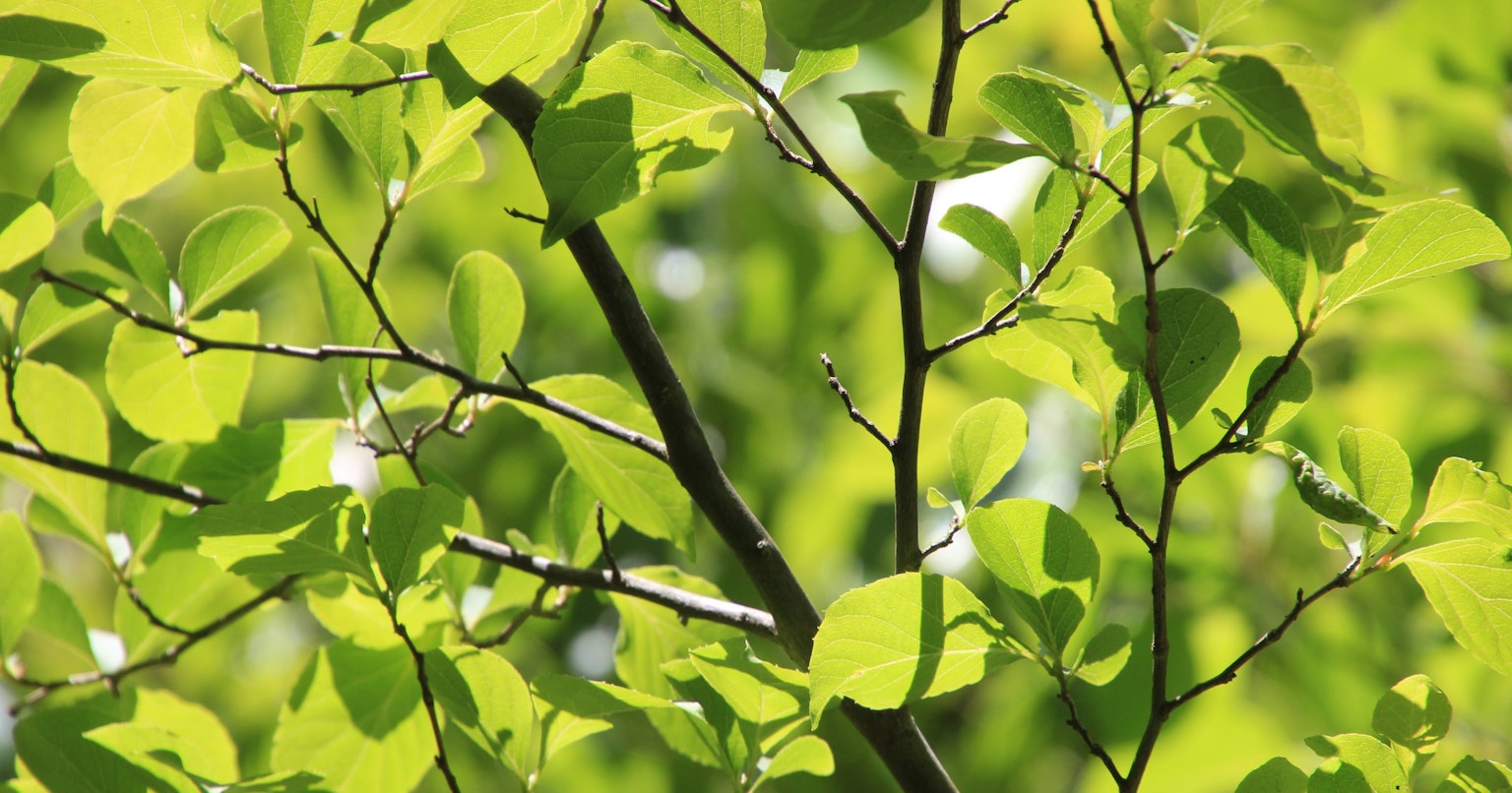
cover image by 本気のくまにゃん
Currently, the #green hashtag campaign is ongoing!
As we delve into the theme of color hashtag campaigns, let's explore the definition of colors. Among all the languages in the world, Japanese might be the most adept at expressing colors.
Colors Unique to Japanese
A certain site introduced as many as 496 colors as traditional Japanese colors. Among them, there are many names that even we Japanese have rarely heard of. This fine classification might hold the unique sentiment that only Japanese people can perceive. For example, even within the red spectrum, there are colors like vermilion, crimson, and madder red.
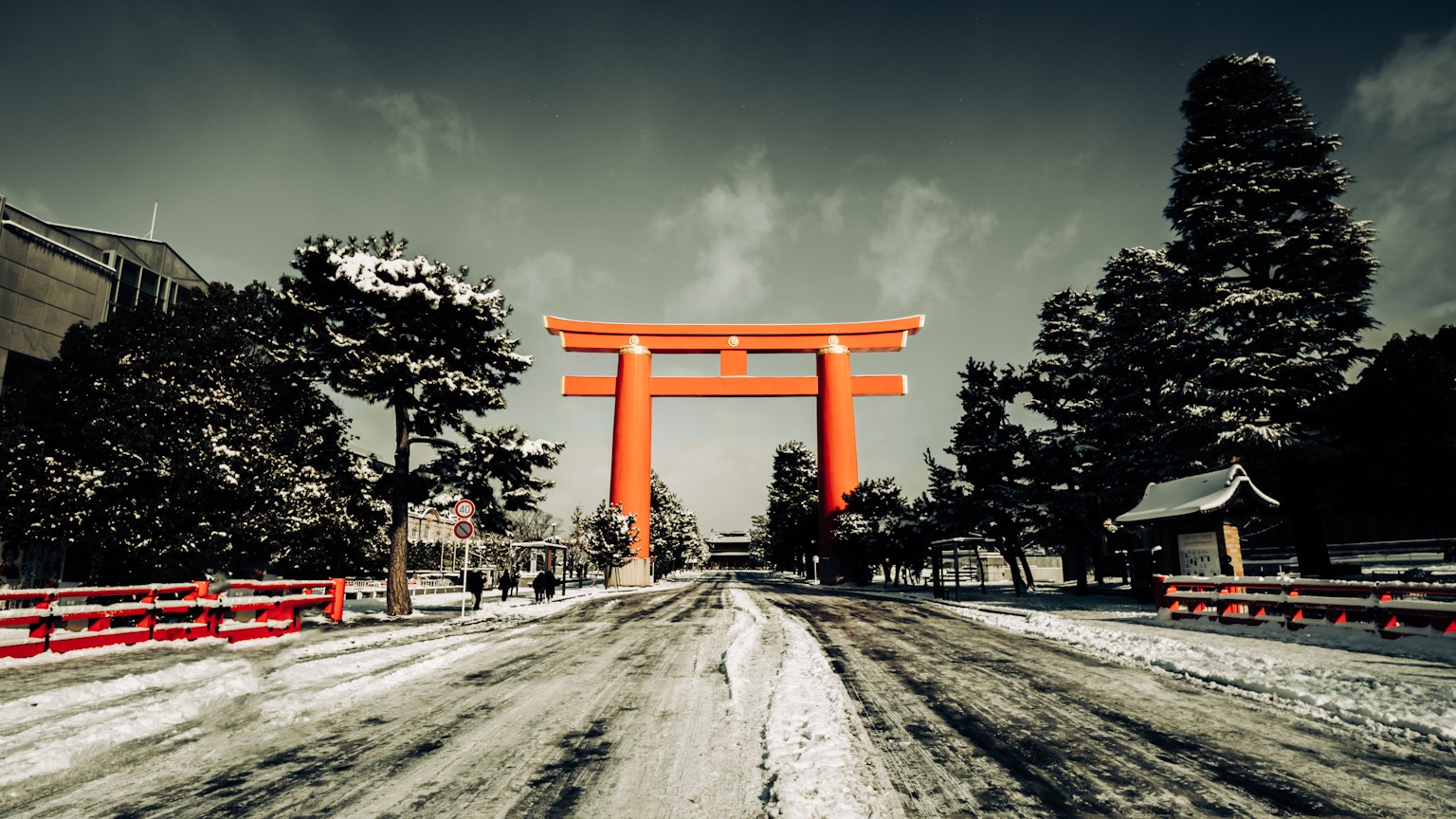
Image by はくらく
Among them, madder red is used in quite limited situations, specifically for the color created by the setting sun.
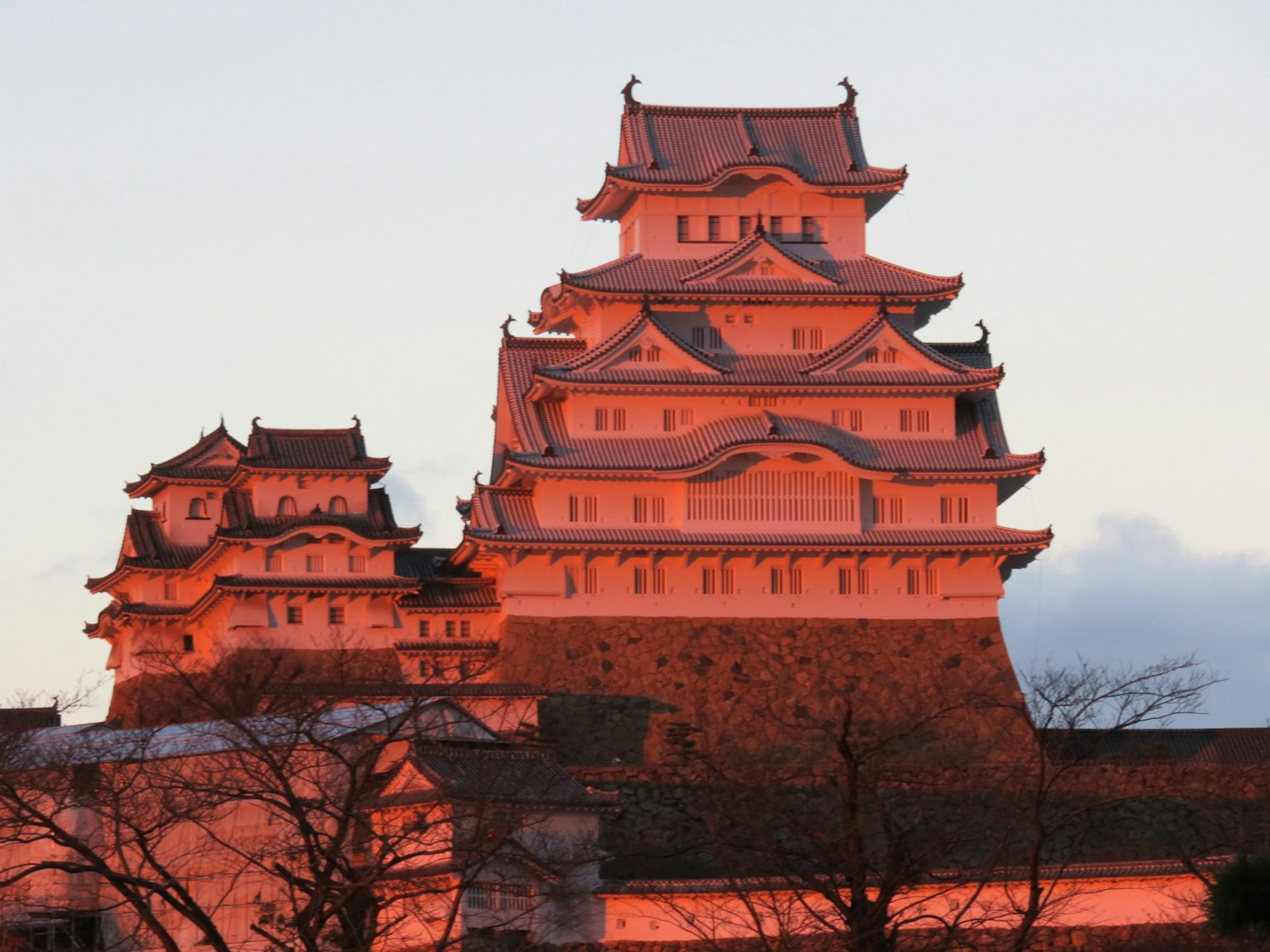
Image by herohero228
Colors Derived from Plants
Some plant names with unique colors are used as color names themselves. Here are a few examples.
Persimmon Color
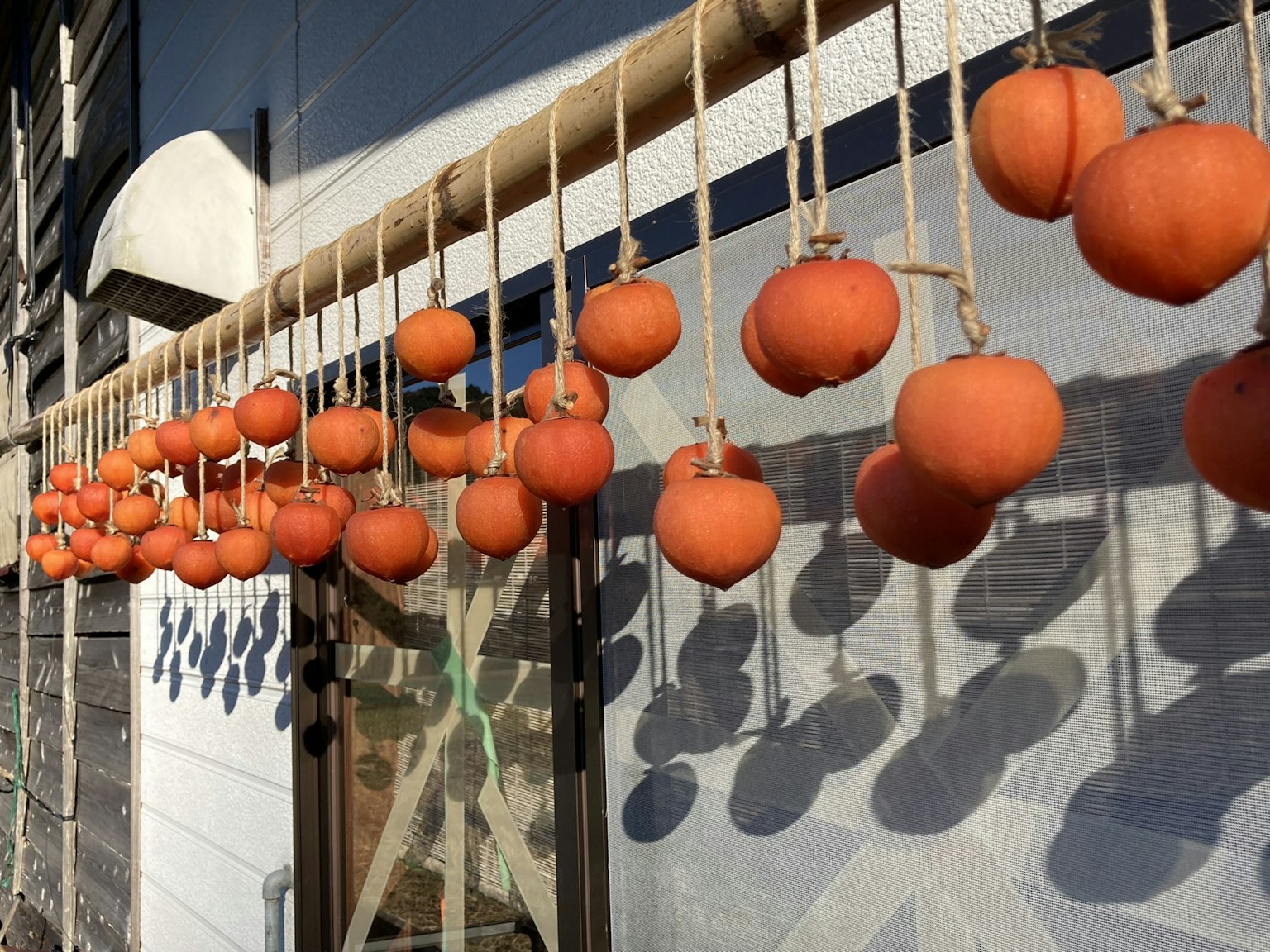
Image by おみぃはん
Persimmon color is an orange hue, but it gives an impression of a slightly muted orange. Also, when you hear persimmon color, a matte texture comes to mind.
Violet Color
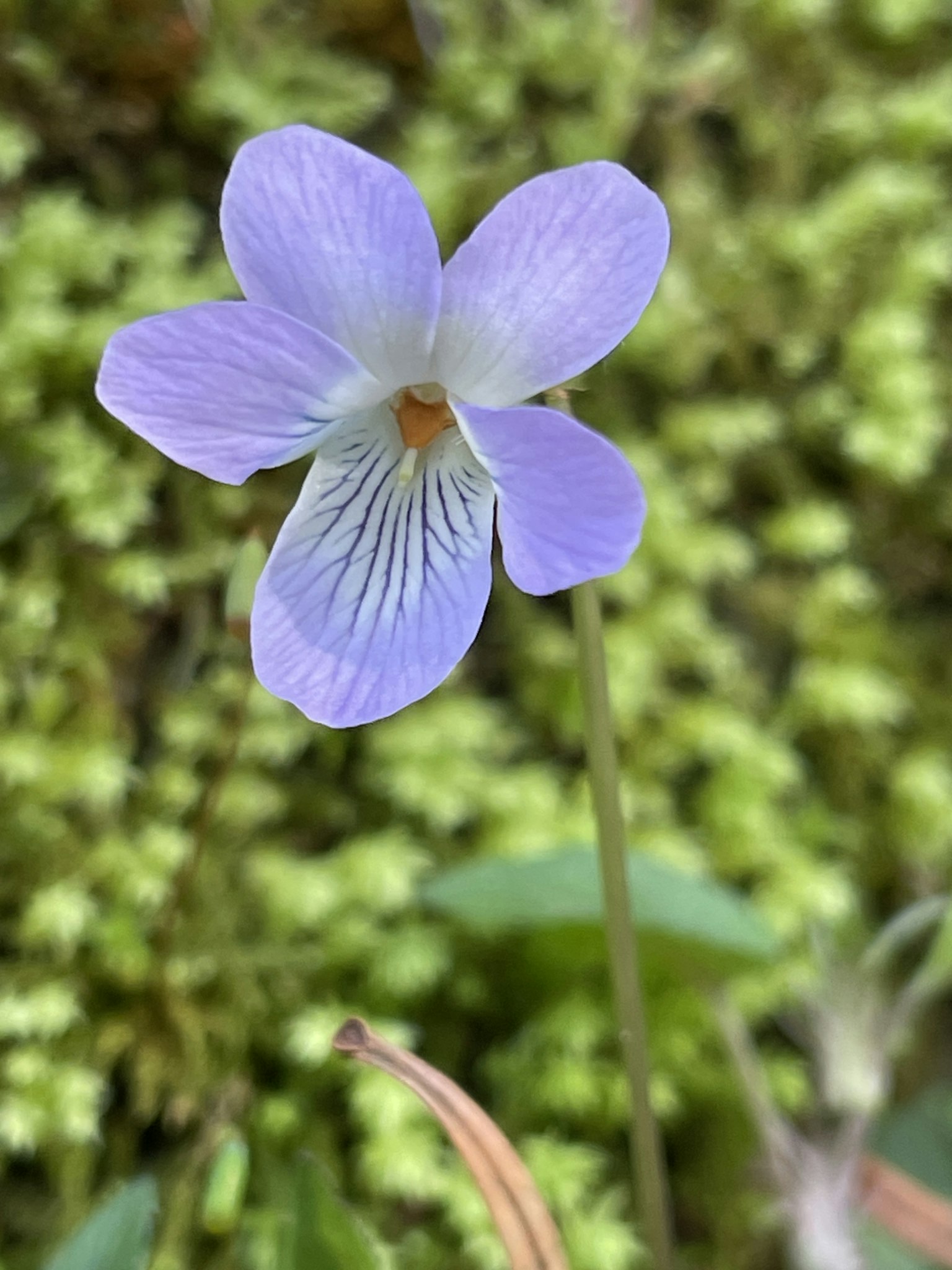
Image by 田舎のくま
Neither blue nor purple, a pale purple with a hint of white or transparency. Although it should only be a color name, it somehow conveys an impression of fragility and beauty.
Special Mention: Indigo
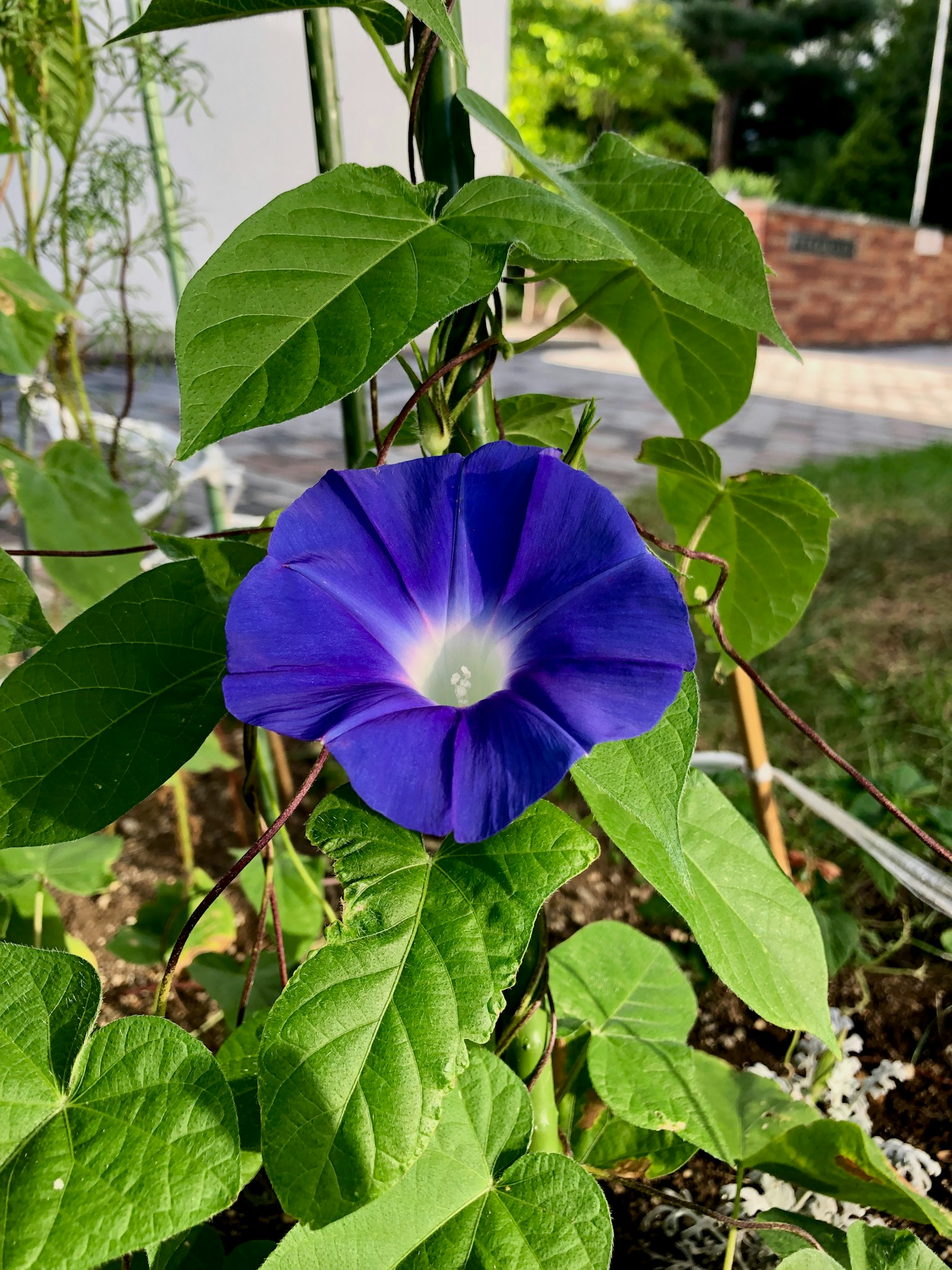
Image by k5k
Indigo is a deep blue with a slight green tint, different from navy blue. Indigo is derived from the plant used for dyeing, but the plant itself is not indigo in color. The dye is made from the leaves, which are actually green. (Note: The photo shows a morning glory close to indigo color.)
In Conclusion
What do you think? Describing vermilion as 'orange-red' or violet as 'bluish light purple' might feel bland to us Japanese. The Japanese language's ability to differentiate words and even convey nuances with a single color is deep and fascinating. Although we use them casually, it might be unbelievable for people from other cultures.
Currently, the hashtag campaign theme #green should have various shades of green, so it might be interesting to review the submissions from that perspective.
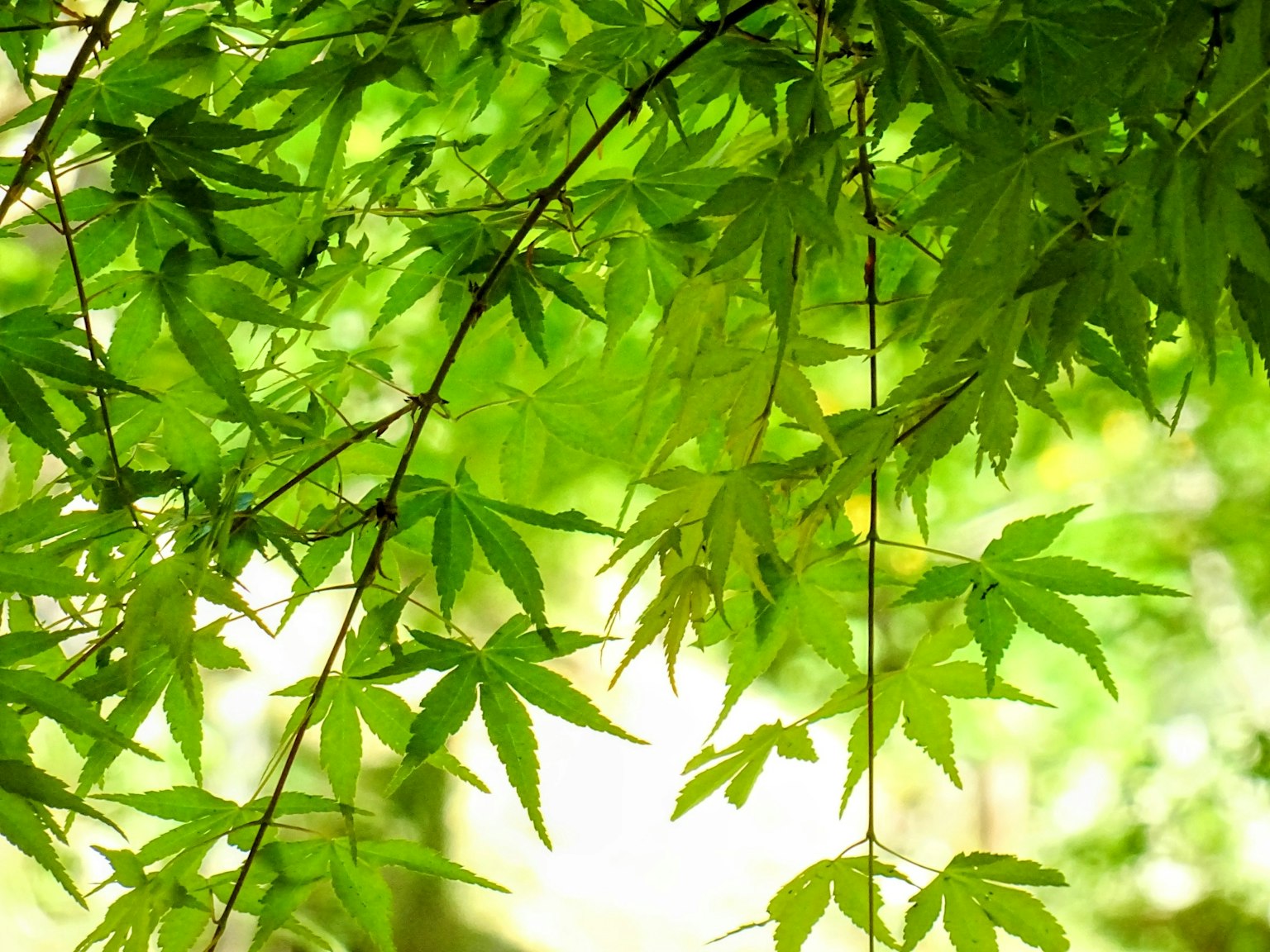
Image by kanata
